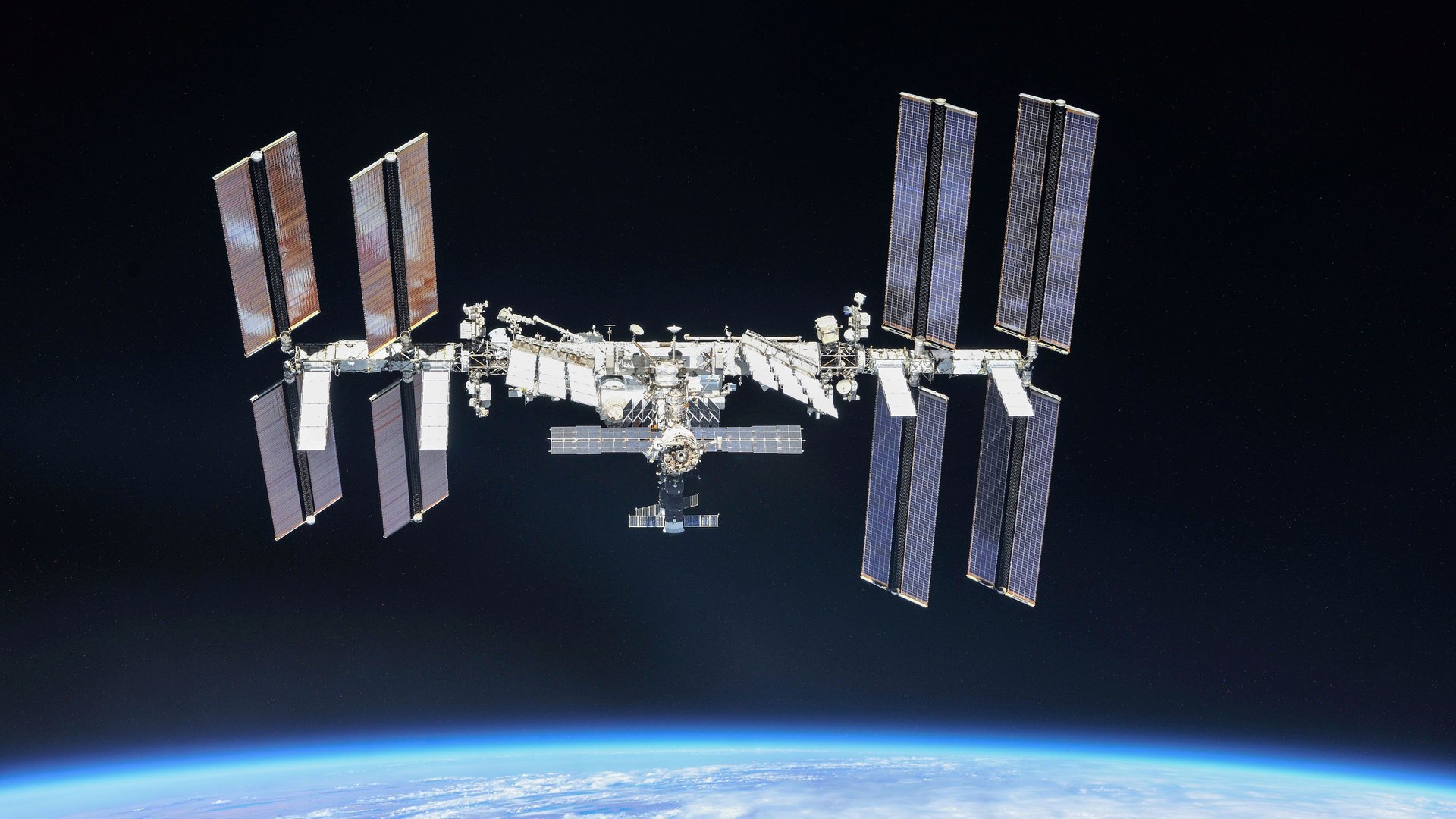NASA says India’s anti-satellite strike endangered the International Space Station
NASA has criticised India’s Mission Shakti, the launch of an anti-satellite (ASAT) missile a few days ago, for the space debris it has left behind.


NASA has criticised India’s Mission Shakti, the launch of an anti-satellite (ASAT) missile a few days ago, for the space debris it has left behind.
Lives of the astronauts aboard the International Space Station (ISS), the US space agency’s flagship satellite, were put in danger as the risk of a collision rose 40% in the 10 days following the Indian exercise, NASA head Jim Bridenstine said in a town hall with employees on April 01.
“Intentionally creating orbital debris fields is not compatible with human spaceflight,” Bridenstine said. “It’s unacceptable and NASA needs to be very clear about what its impact to us is.”
In a televised address on March 27, India’s prime minister Narendra Modi announced that the country had shot down a live satellite from the lower-earth orbit using an ASAT missile.
The Indian government also clarified that “the test was done in the lower atmosphere to ensure there is no space debris. Whatever debris that is generated will decay and fall back onto the earth within weeks.”
However, the US has identified 400 pieces of orbital debris from the launch, Bridenstine said, adding they are able to track only 60 pieces that are about 10 centimetres in size or bigger. Of these, 24 pieces have gone above the apogee, or the highest point, in the ISS’s orbit, he added.
“That is a terrible, terrible thing to create an event that sends debris in an apogee that goes above the International Space Station,” he said.
“The good thing is, the debris is low enough in orbit that in time, this will all dissipate. A lot of the debris from China’s anti-satellite test in 2007 is still in orbit, and we’re still dealing with it,” he added.
India is the fourth country to launch an ASAT missile, after the US, Russia, and China. The last test, conducted by China in 2007, at almost triple the height as India’s, had left behind 3,000 pieces of space debris.
Looking for more in-depth coverage of space? Sign up for a free trial of Quartz membership, and read our premium field guide on the future of the lunar economy.